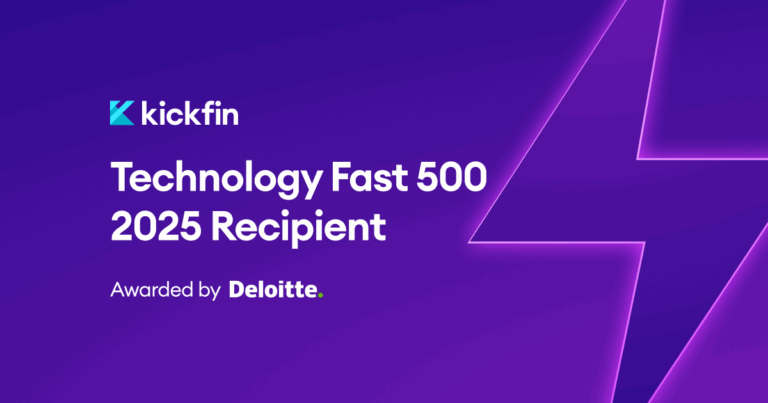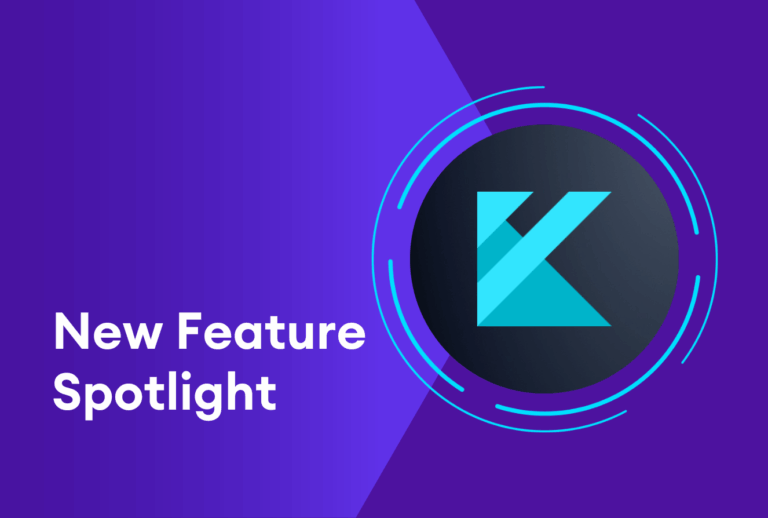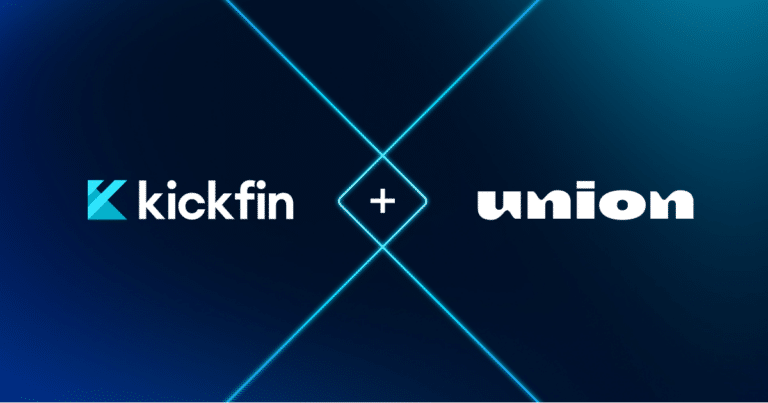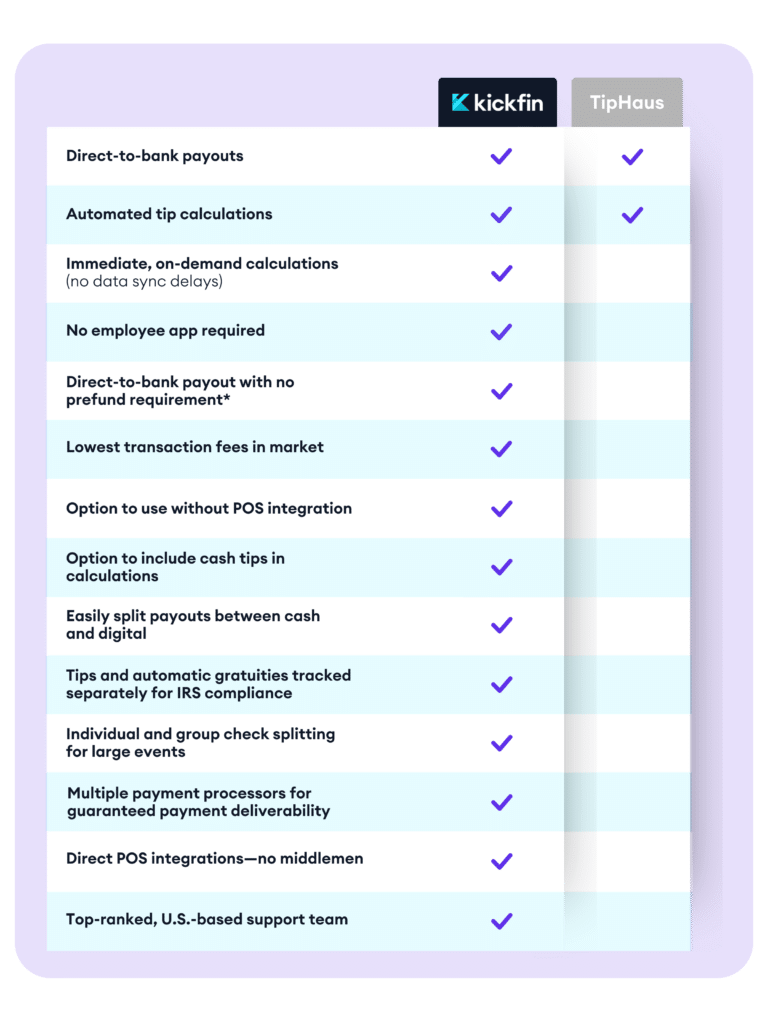BY JUSTIN ROBERTS, CO-CEO, KICKFIN
These days, hotels are leveraging technology across almost every aspect of their operations.
But when it comes to gratuity management, many hospitality teams continue to rely on the same-old analog (and arduous) tip payment processes they’ve used in decades past.
In an increasingly digital world, sticking with a status-quo, cash-based tipping program is a missed opportunity to increase tip volumes, delight your guests, and weed out operational inefficiencies. That’s why the most innovative, forward-thinking hospitality brands are digitizing their tipping programs from end-to-end — that is, from tip acceptance to tip payout — for both their hotel staff and their food and beverage employees.
If enabling instant, cashless tip payments isn’t already on your radar for 2023: here are 5 reasons why it should be — plus, what to look for when selecting a digital tipping solution.
- Cashless tipping increases take-home pay for employees.
Fewer consumers are carrying cash today than ever before. That’s a major problem for guest-facing hotel employees, whose tips frequently make up a significant portion of their take-home pay. Without an alternative way to accept tips, your bellhops, valet drivers and concierges might find themselves empty-handed even after providing excellent service — simply because consumers no longer have cash in their wallets.
Making it possible for guests to send instant, cashless tips right from their phones ensures that your employees are consistently rewarded for a job well done, whether or not your guests are carrying cash.
What’s more: A robust digital tipping solution will allow you to automatically calculate, pool and distribute tips, giving more of your employees the opportunity to become tip eligible and increase their earning potential.
2. Guests want a better tipping experience.
Employees aren’t the only ones who get frustrated when they miss out on tips. Most hotel guests have, at one point or another, experienced that moment of panic when they’re face-to-face with a more-than-deserving service provider…but they’re not carrying the right bills (or any bills at all).
Giving guests the ability to send instant, cashless tips directly from their phone is just the kind of intentional, elevated touch that takes hotels to the next level.
Ideally, a digital tipping solution will go “beyond a QR code;” while QR codes are a fast and easy way to launch a digital tipping program, guest adoption can be low. Consider seeking out a digital tipping solution that offers automated, on-brand text “prompts;” at a high level, this technology sends a branded, personalized text message to guests after a service is completed — e.g., housekeeping — and gives guests the option to simply click a link and instantly send a tip from their phone.
3. You’ll have a single “source of truth” for hotel and F&B employees.
Tracking and reporting tip payments when you’re managing both hotel and F&B employees is complicated at best. Digital tipping software can give you the power to manage all tip payments, for all types of employees — in one unified platform.
Think of it as your tip payment command center. When you integrate your digital tipping software with your POS, PMS and payroll systems, you get complete visibility into every tip payment — whether it came in through your restaurant POS, or it was a mobile tip sent from your guests to your hotel staff. You can also ensure that every tip is distributed accurately, efficiently, and in compliance with ever-changing tipping regulations.
Plus, you can track every tip payment by individual employee, by shift, by location, or by payroll period, which makes for easy, error-free reporting.
4. Employees are demanding more control over how they’re paid.
In a competitive labor market, hospitality employers are feeling the pressure to constantly increase wages or offer gimmicks — e.g., hiring bonuses — to recruit workers.
But for the modern hospitality workforce, it’s not just how much they’re earning that matters — it’s also how they’re getting paid.
Digital tipping solutions give operators the flexibility to offer multi-channel tip payouts, meaning you can give your employees options as to where and when they will receive their tip earnings.
For example: While many F&B employees might choose to have their tips paid out instantly and directly to their existing bank account, unbanked employees might prefer to receive tips on payroll or even a paycard. A digital tipping solution makes it possible to let your employees choose, without making the process more complicated for you.
5. Going digital can keep you compliant.
Rules and regulations around tipping are complex, to put it lightly. They often vary from one state or even city to the next, and it seems they’re constantly in flux. An increasing number of hospitality employers have been caught in costly legal battles because they (sometimes unknowingly) violated labor and employment laws related to tipping.
Digitizing the tipping process can help you adhere to those laws consistently across your organization, even if your locations span multiple cities or states. Plus, you’ll have an accurate, detailed history of all tip payments, which can prevent tip disputes and trust issues with your team before they escalate into something more problematic.
Cashless tipping: the final frontier
Hotel operators have long understood the operational benefits of digitizing and automating what they can. Until recently, digital tipping wasn’t on the table — but new technology has changed the game. Now, it isn’t a matter of if, but when, hotels will make the switch.
For operators who are exploring solutions, be sure to seek out a software that is:
- Truly end-to-end, from tip acceptance to calculation to payout.
- Highly scalable across your organization.
- Fully integrated with your existing tech stack for automated user management and tax compliance.
- Easy to implement.
There’s never been a better time to hit the reset button on your tipping program. The right solution will allow you to create an exceptional tipping experience for your guests and your employees, while delivering measurable results to your business.
To learn more about digital tipping for hotels, contact justin@kickfin.com.






